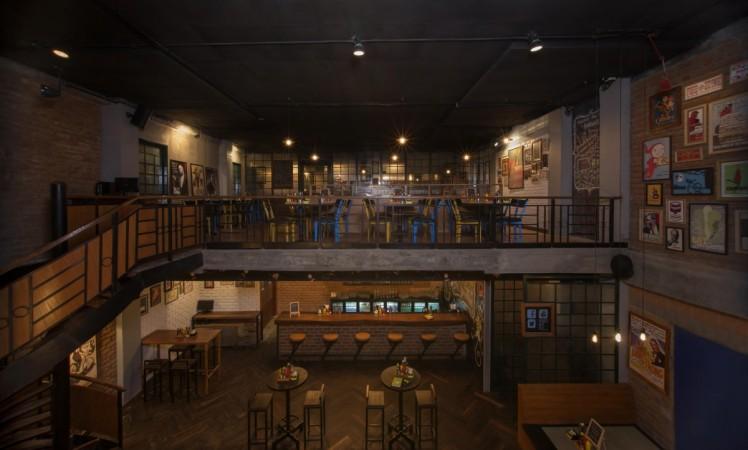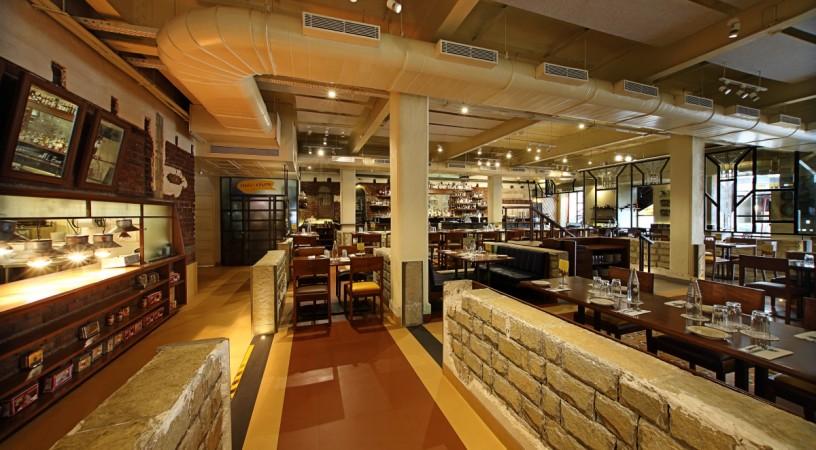
Food is no longer the sole element that makes dining out a memorable experience. A multitude of factors play a key role in influencing a customer's decision to become a patron of an F&B establishment, and design is a crucial element.
Also read: Givenchy to debut children's line in fall 2017
The year 2016 saw a number of casual dining spaces mushrooming across India, and this trend is set to continue for the next couple of years as well, say interior designers.
The appeal of a casual dining space lies in its ability to lure people into the restaurant with its relaxing and inviting design, and with more and more people opting to dine out multiple times a week, a casual set up is what a majority prefer, feels Jatin Hukkeri, principal architect at WAD, a Bangalore-based interior designing firm responsible for the attractive interiors of The Fatty Bao, Monkey Bar and Olive Beach.
"If you look at the spending power of the youth, say between 23 and 35 years, they prefer to go out with their friends and unwind after a hectic day at work"
Millennials are the major spenders and what they are looking for is a place with a fun vibe.
"If you look at the spending power of the youth, say between 23 and 35 years, they prefer to go out with their friends and unwind after a hectic day at work," Hukkeri told the International Business Times, adding that the ease and comfort of a casual dining space and quality food at affordable prices are major draws.


Sameer Seth, partner at The Bombay Canteen, a restaurant in Lower Parel, Mumbai, agrees.
"I think casual dining on the whole is something that is very comfortable," he told International Business Times. "It's fairly unpretentious. More and more people are dining out today and they are looking at something approachable. Casual dining doesn't definitely mean lower quality food. It's a place where they can feel comfortable at all times of the day."
"The market for fine dining has always been a minority and it will continue to remain that way"
This casual dining trend has resulted in chefs experimenting with Indian cuisine to suit the latest generation of restaurant-goers who have been exposed to world cuisine. For instance, at The Bombay Canteen local dishes are given a fresh twist and some of their popular dishes include Pav Bhaaji Porterhouse Roll, Dhokla Chaat, and Coffee Rasgullas.

This experiment with food is what influenced the designers of The Bombay Canteen to give the restaurant an old bungalow feel that would resonate with any true Mumbaikar. Stained glass, stone plinths and high ceilings all exude an old-world charm and compliment the Indian-inspired menu.
"The food and drinks menus were inspired by the richness and diversity of Indian cuisine and there were a lot of old-meets-new in that. So when we started working with Ayaz Basrai and the Busride team, we took inspiration from that," said Seth.
There is no doubt that casual dining is going to rule the roost for the next couple of years, but is this growing trend the death knell of fine dining? "The market for fine dining has always been a minority and it will continue to remain that way," Hukkeri told the International Business Times.















